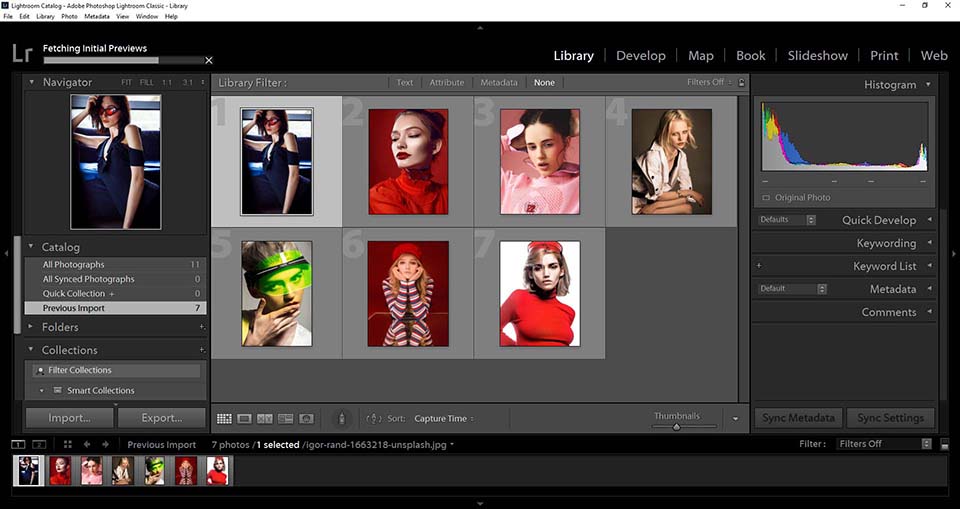

Once you’ve got your images selected, it’s time to tweak them.
Adobe lightroom review software#
That’s part of the beauty of a piece of software that has been around this long. Ask another photographer and they’ll likely tell you they work differently. Then, I add the selects to a smart collection so I can work on the selected images without trashing the rest. My workflow typically involves doing an initial sort in which I pick the select images by pressing “B” to add them to a quick collection. Within the catalogs, you can create collections and photographers like to use these in different ways. You won’t see the finished file until you export a jpeg or tiff file. So, if you brighten up an image, you’re simply telling Lightroom “When you show me this photo, make it brighter,” rather than making a permanent change to the original file. That means the program makes adjustments by keeping track of the changes in a file that’s separate from the original photo. If they’re already on your computer, you can simply point the software to their location and edit them right where they are. Importing the photos can pull them off of a memory card and onto the computer. When everything is in one place, I can definitely find it, even if it takes a while. I prefer the latter solution simply because I don’t trust myself not to lose my catalog files or forget which images belong inside which catalog. Others simply create one big catalog and then organize their folders and files within it. Some users create many different catalogs. The software creates catalogs into which you can import photos (hopefully those of the raw variety).

If you work with photos in high volume, Lightroom’s import interface is very handy once you get the hang of it. The library module allows for basic edits and navigating your photo collection. This is particularly handy in a studio situation where you want to see big previews of your photos in a hurry so a creative director can look over your shoulder and tell you what’s wrong with them in real-time. It also facilitates tethered shooting, in which you can attach your camera directly to the computer running Adobe Lightroom Classic and shoot photos directly into the program. Essentially, it’s a photography workflow tool that’s designed to help import, organize, sort, edit, and export images. It can be slightly hard to envision exactly what Adobe Lightroom Classic is if you’ve never used it before.

Here’s a look at the state of one of the best image editing programs of all time. But, Adobe is still giving Lightroom Classic new features all the time, and just this summer it got a few notable upgrades.

Sure, some features have gotten clunky over time, and its resource management can still tax even the most powerful editing computers. As a result, Adobe Lightroom Classic lives on.ĭespite its age and its position outside the spotlight in Adobe’s lineup, Lightroom Classic still feels as relevant as ever. In true photographer fashion, however, Lightroom users weren’t ready to give up the die-hard desktop version of their favorite photography workflow tool. It currently shares the Creative Cloud lineup with the simply-titled Lightroom, which Adobe released to give users a tighter integration with the mobile version of the program. Lightroom Classic has been around in some form or another for 15 years now. Or, in the case of Adobe Lightroom Classic, a piece of photo editing software. We’ll find ourselves getting attached to a lens or a camera body.


 0 kommentar(er)
0 kommentar(er)
